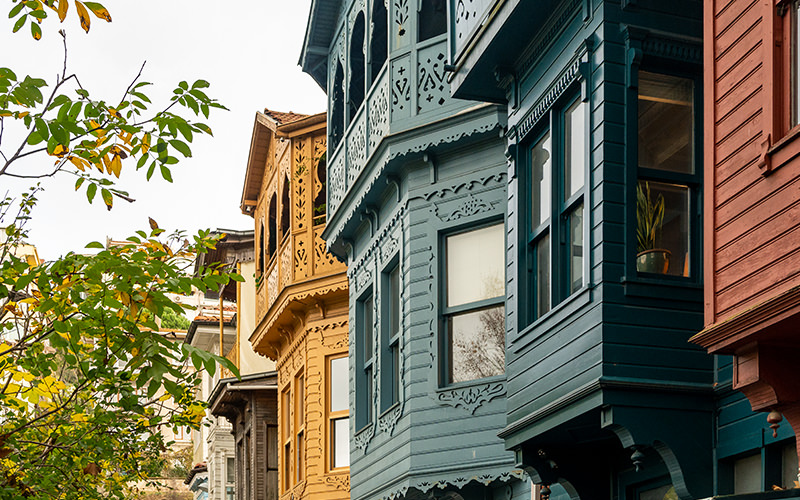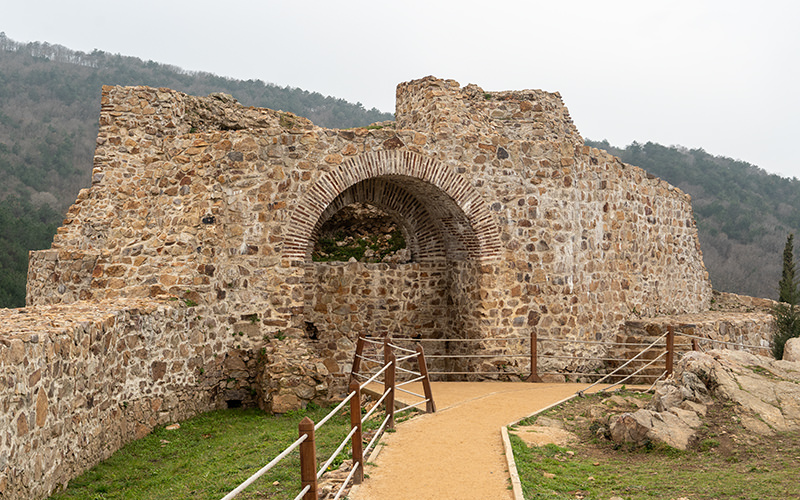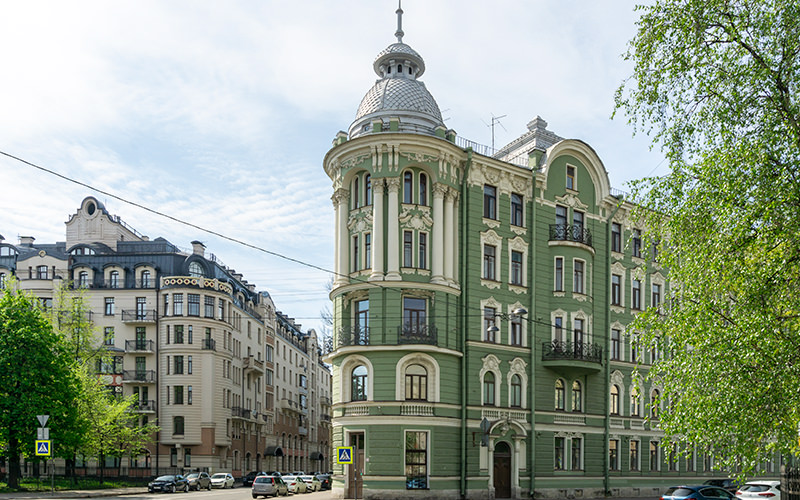Friends, I continue to write about the architecture of Soviet modernism in Almaty. This is the second part of the article reviewing the city’s unusual structures. If you’re planning a similar route, I recommend starting with the first article. If you’re simply curious to look at Soviet-era architecture, welcome—I’m glad to have your attention.
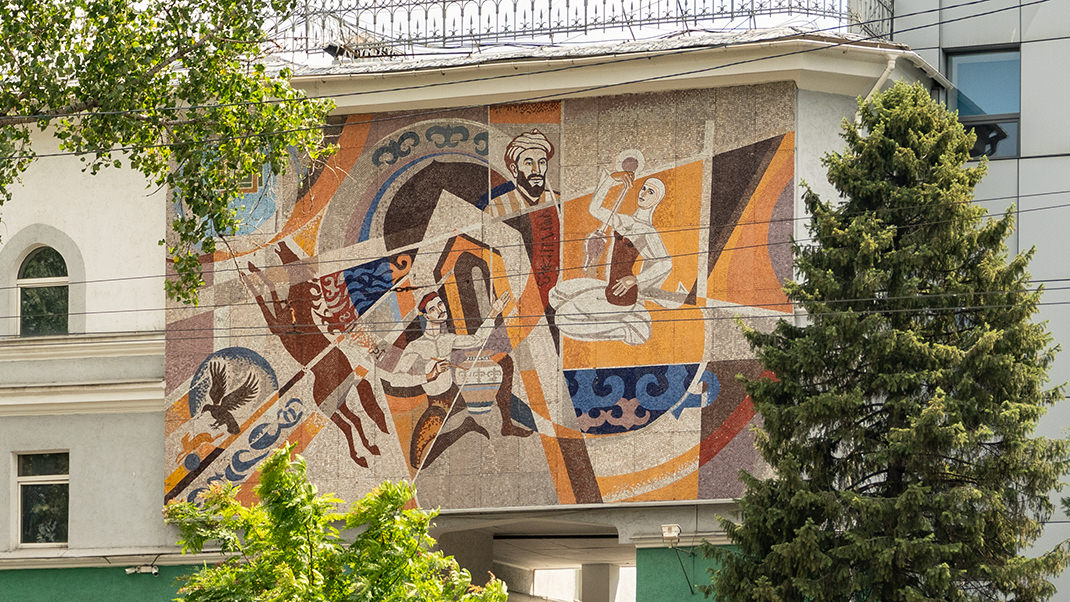
Last time I finished at Republic Square. From there, it’s about a 15-minute walk to the Palace of Schoolchildren (124 Dostyk Avenue). The building with a very unusual ribbed dome was constructed in 1978–1983. It became the second palace of its kind in the city. The first palace was demolished in 2006.
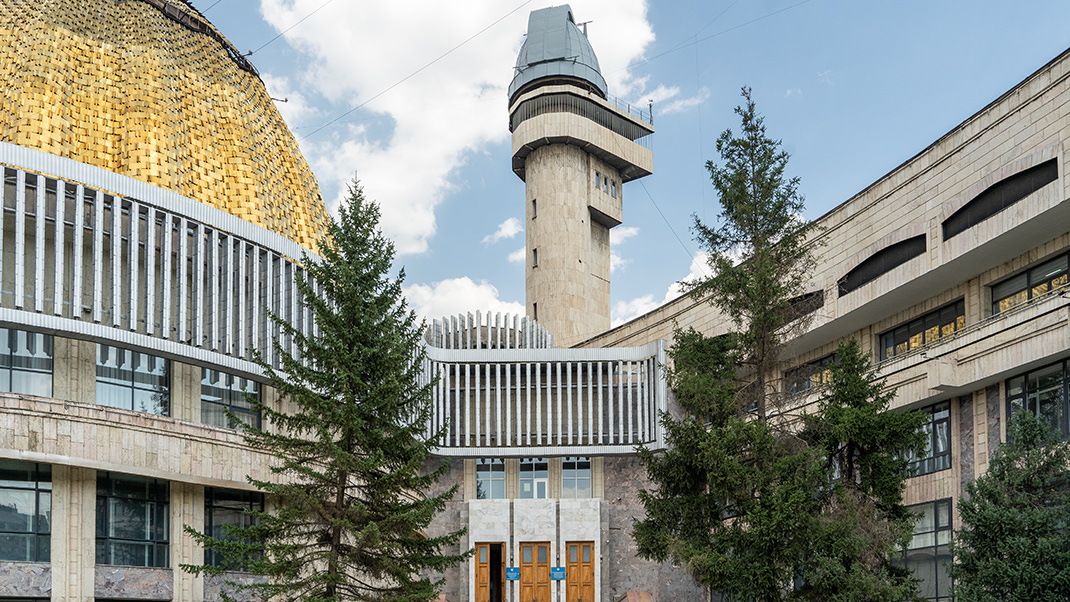
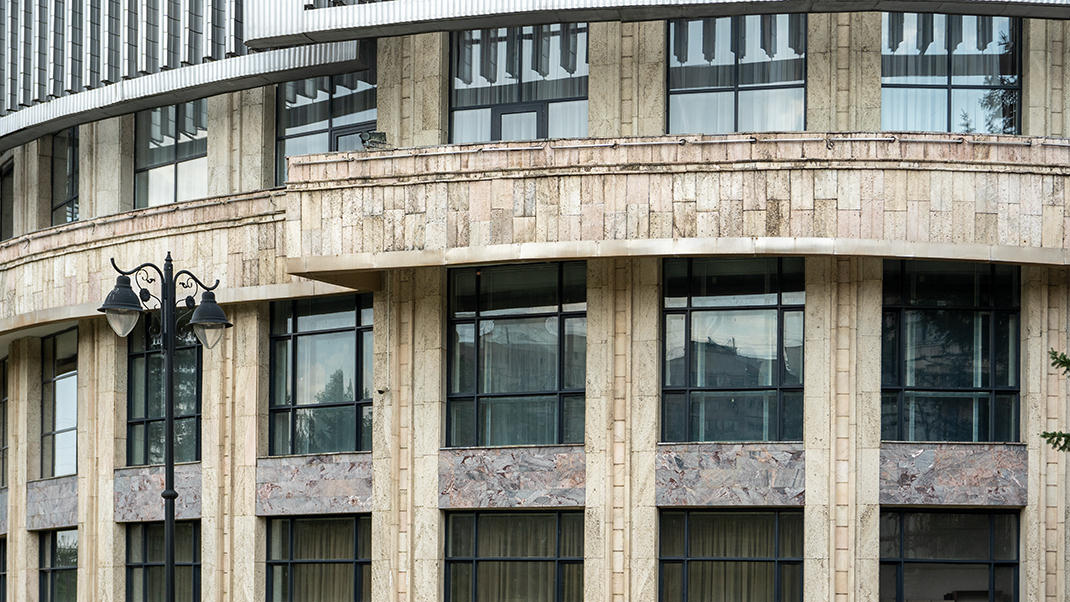
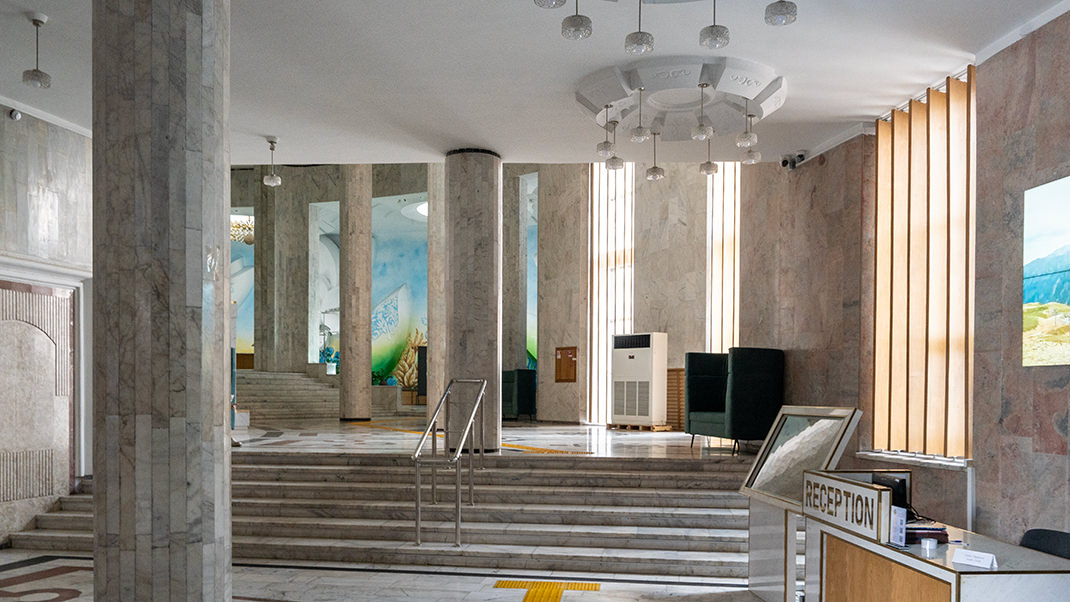
In my view, the most curious fact about the building is that it was originally designed as a space museum at Baikonur. That likely explains its highly unconventional spiral form with a golden dome and an observatory tower in the central part.
The building has retained its function to this day: at present it houses 218 clubs and sections.
On the way here I noticed a very unusual tower of the Archive of the President of the Republic of Kazakhstan (formerly the Central Party Archive). The structure is located at 87b Dostyk Avenue.
The structure is a massive monolithic tower without windows. Small slits appear only on the upper tiers of the nine-story construction. Here, the form matches the function: sunlight doesn’t harm the documents stored within the archive’s walls.
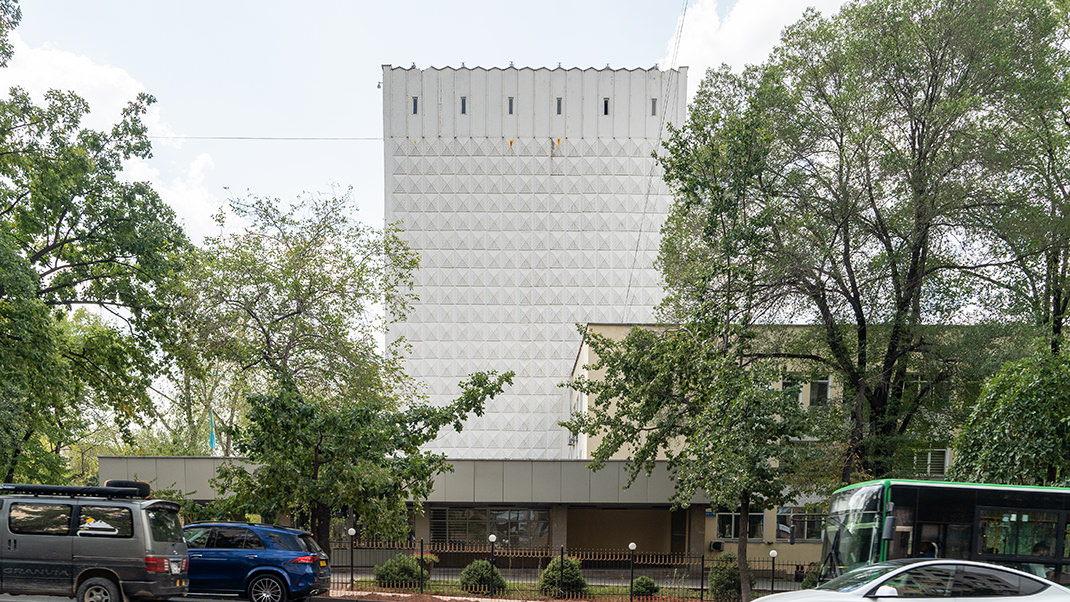
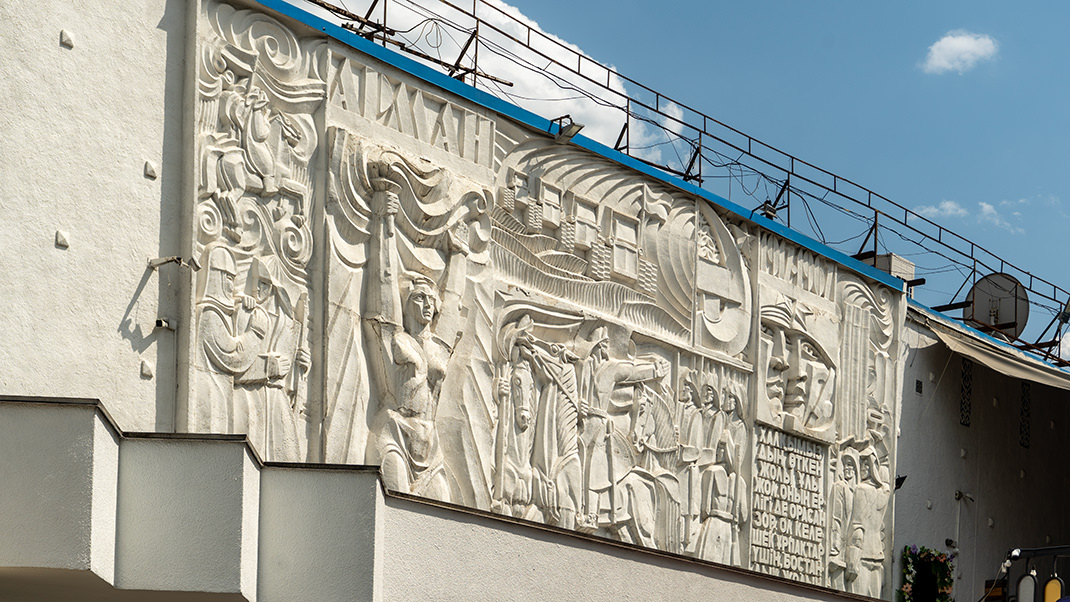
Farther along the avenue I came across the Palace of the Republic, which spans the full width of Abay Square. The structure appeared in the city in 1970, though in the past it was called the Palace of Lenin. The facade we see today is the result of a 2010 reconstruction. Books on local architecture say that this work distorted the building’s appearance, making it akin to other Soviet theater-and-entertainment complexes.
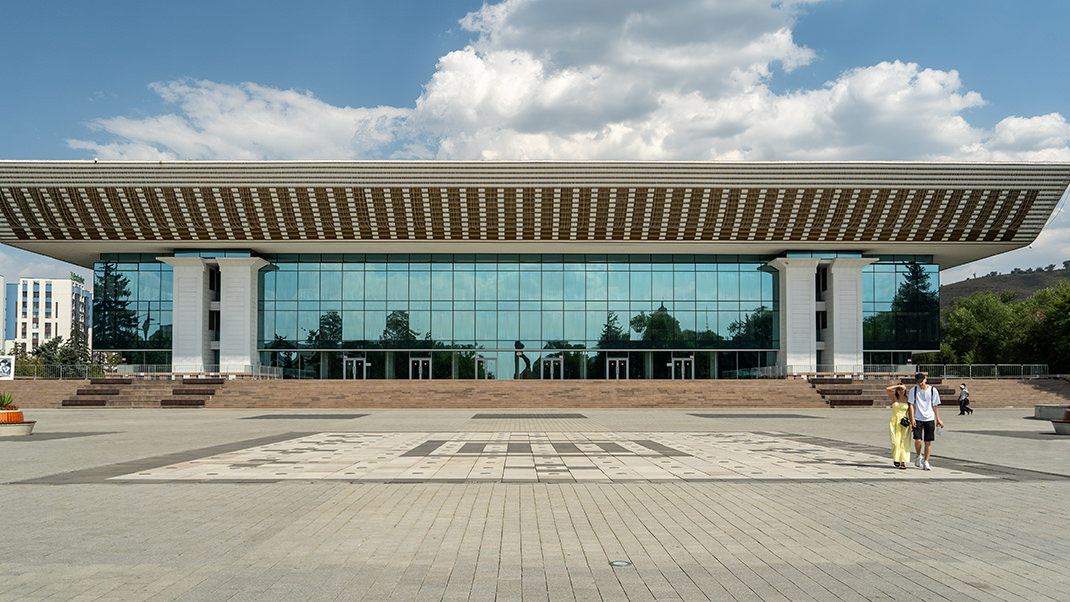
The next building on my route, the Kazakhstan Hotel (52 Dostyk Avenue), is a true symbol of the city. I had come across photos of the hotel long before I ever visited.
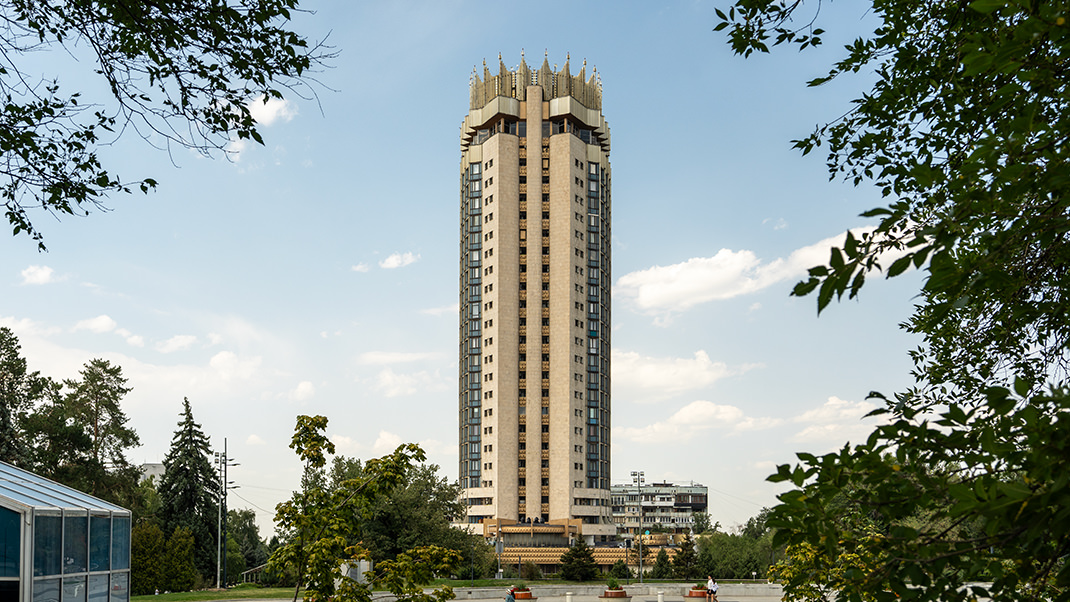
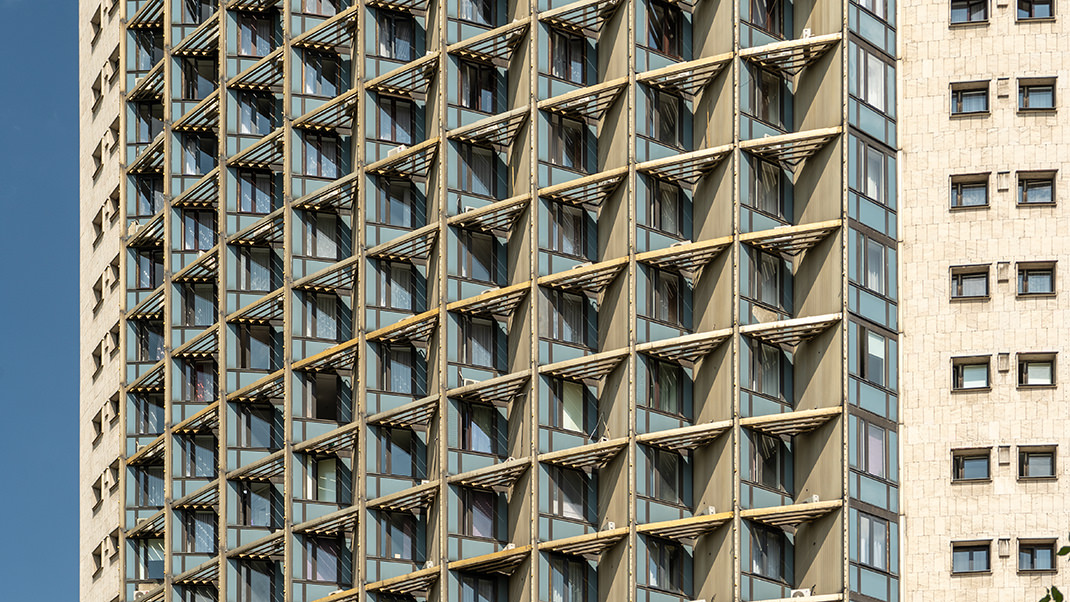
The hotel building was constructed in 1973–1978. It was the city’s first 25-story skyscraper. Before that, high-rises were rarely built here because Almaty lies in a zone of 9-point seismicity. After the structure was erected, the architects decided to test the building’s stability: they went up to the 25th floor, and vibration machines were installed and switched on on the roof. According to witnesses, the building swayed from side to side, but suffered no damage.
The group of architects and engineers who worked on the hotel received the State Prize of Kazakhstan.
The only residential building on my route is the “Three Bogatyrs”, as people colloquially call the residential complex at 44 Dostyk Avenue. I assume the building got its name from its appearance: the complex consists of three blocks on a shared stylobate.
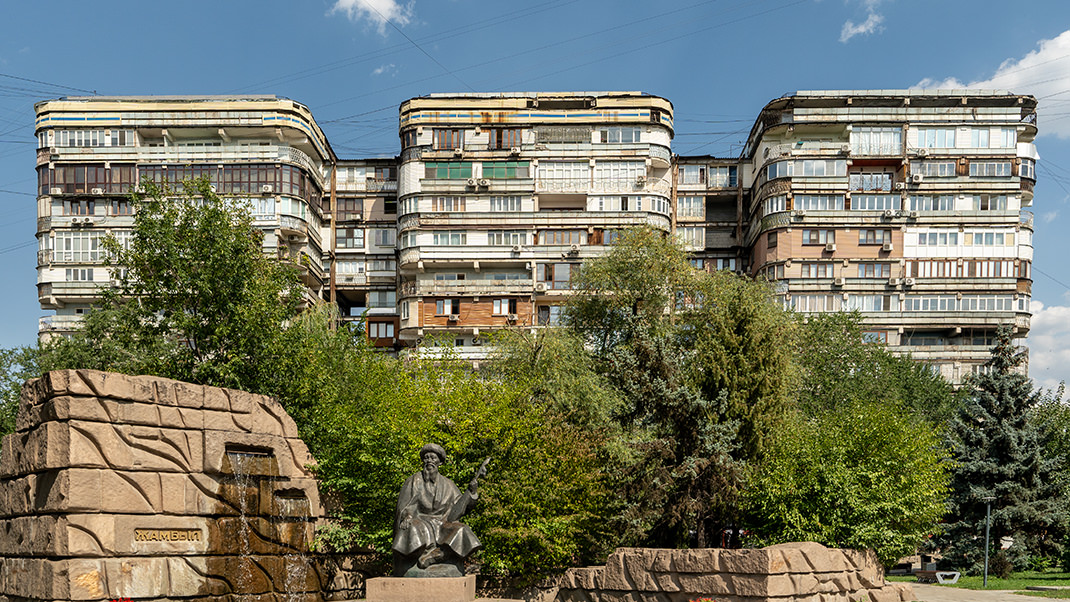
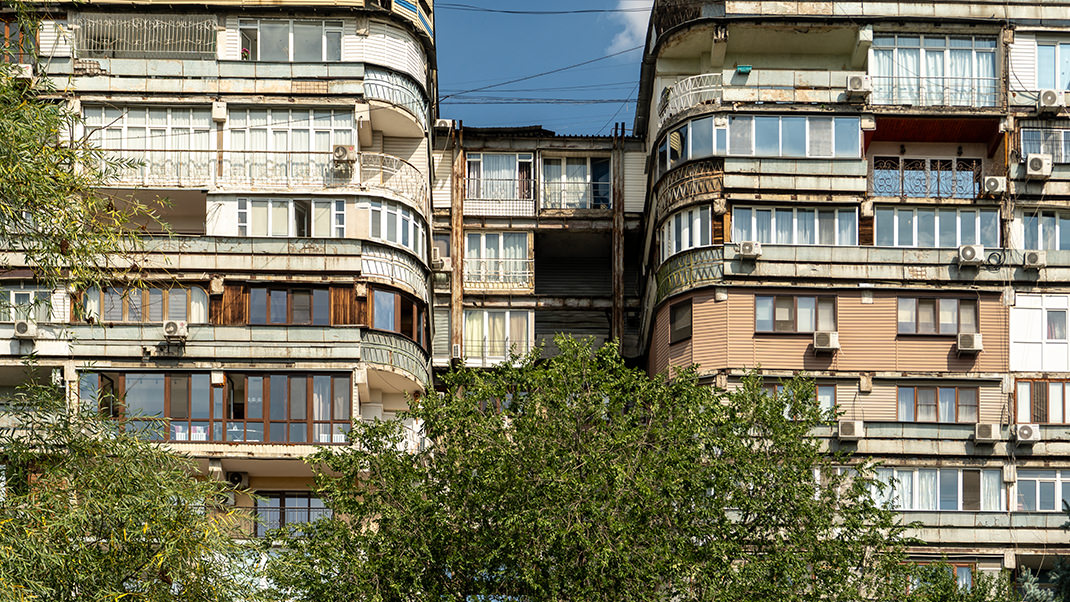
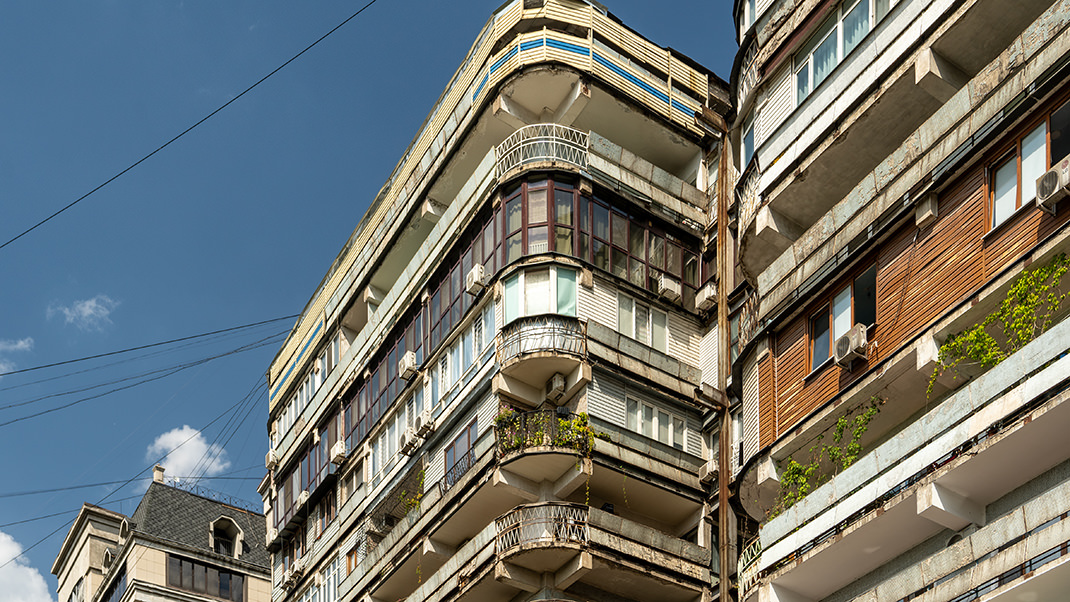
In the past, the residential complex’s blocks looked different: parts of the building were connected by beams; the architects envisioned gardens and summer terraces there. But life made its adjustments—over time these parts of the building became extensions of apartments; open space remained only on a small portion of these structures.
The next stop on the route is the House of the Army of the Republic of Kazakhstan (24 Zenkov Street). This monumental structure is located near the Park of 28 Panfilov Guardsmen and the Great Patriotic War memorial.
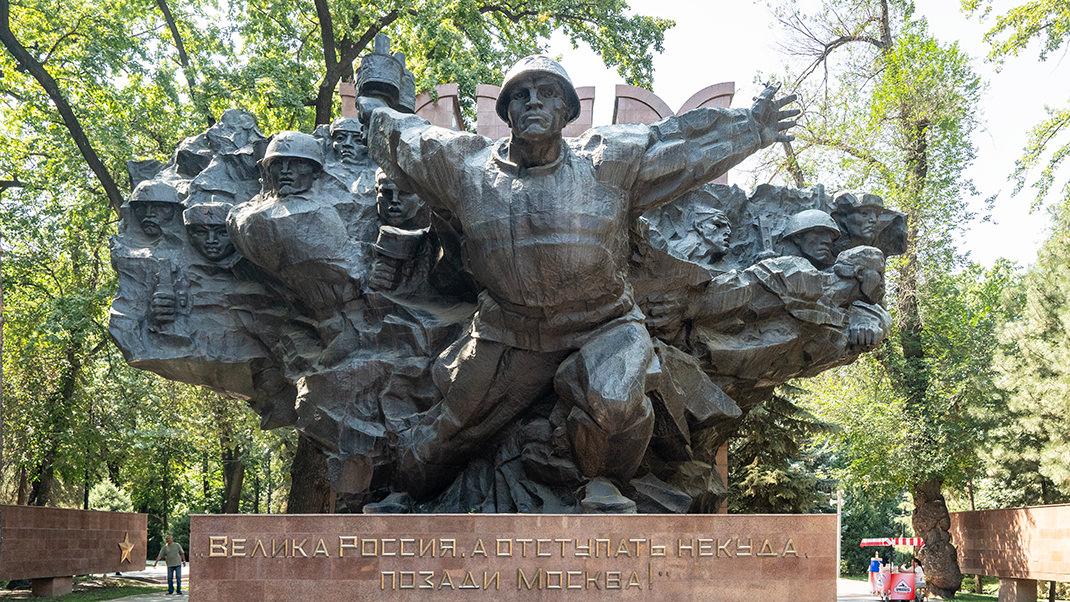
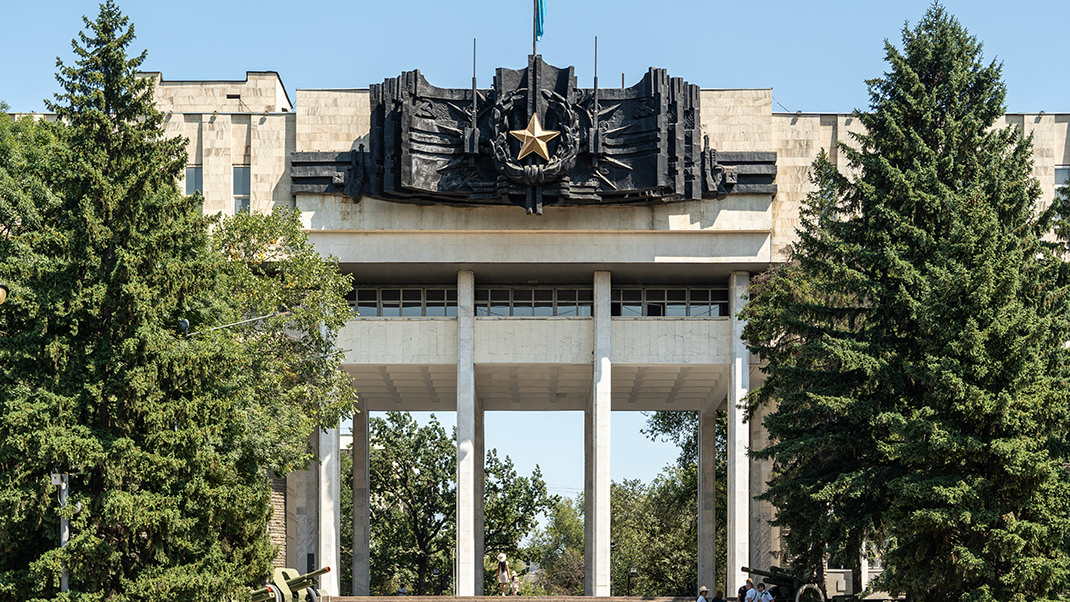
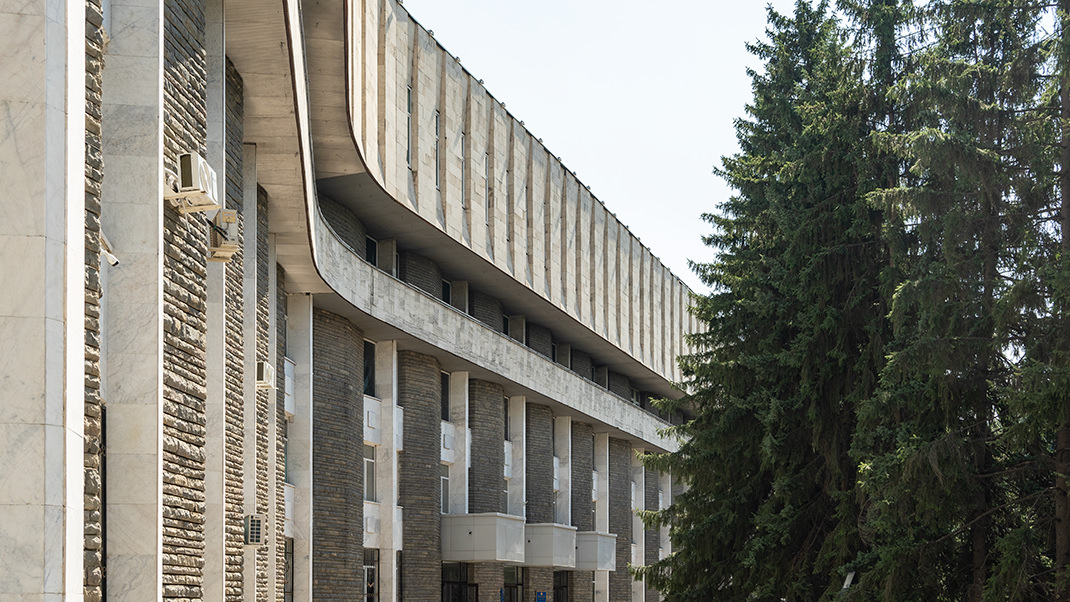
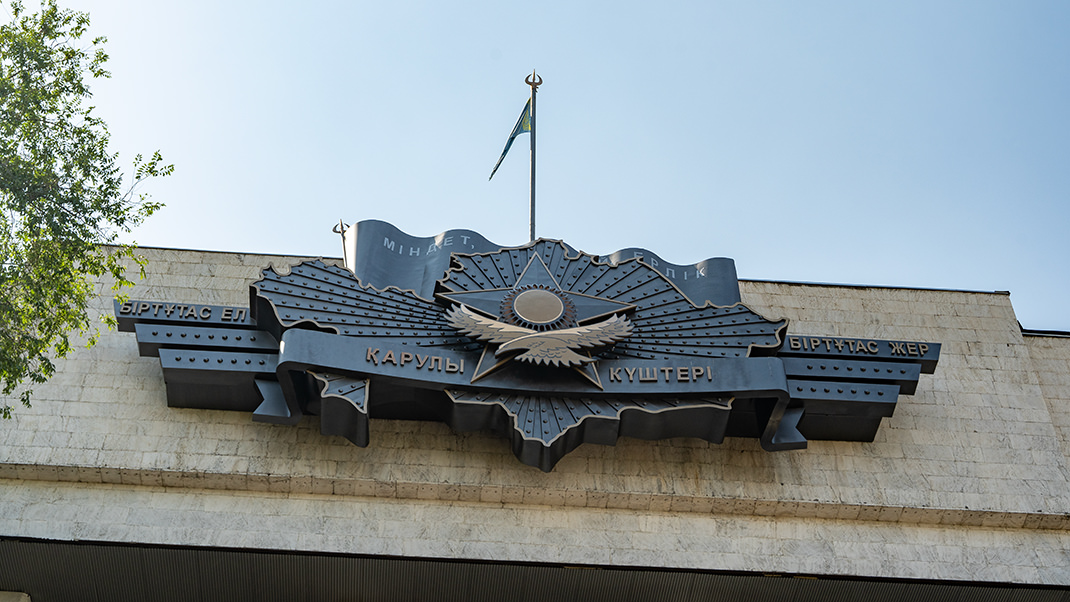
The decision to build the complex was approved in 1971; the building itself was completed by the late 1970s. A theater wing was planned, but it was never built. According to the project, the complex included a café, a dance hall, a billiard room, a restaurant, a cinema, rooms for an ensemble, a library, and instructional, administrative, and public spaces.
On the other side of the park stands the last structure on my list—the Arasan water-and-wellness complex (75 Kunaev Street). I’d call this building Almaty’s fortress: it reminded me of a huge defensive structure with embrasures.
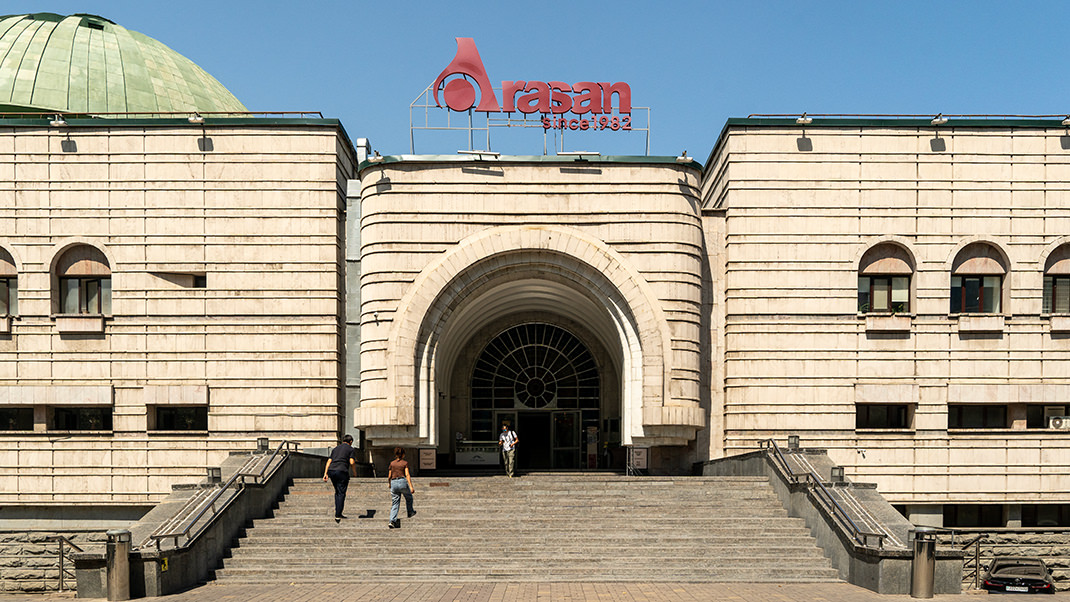
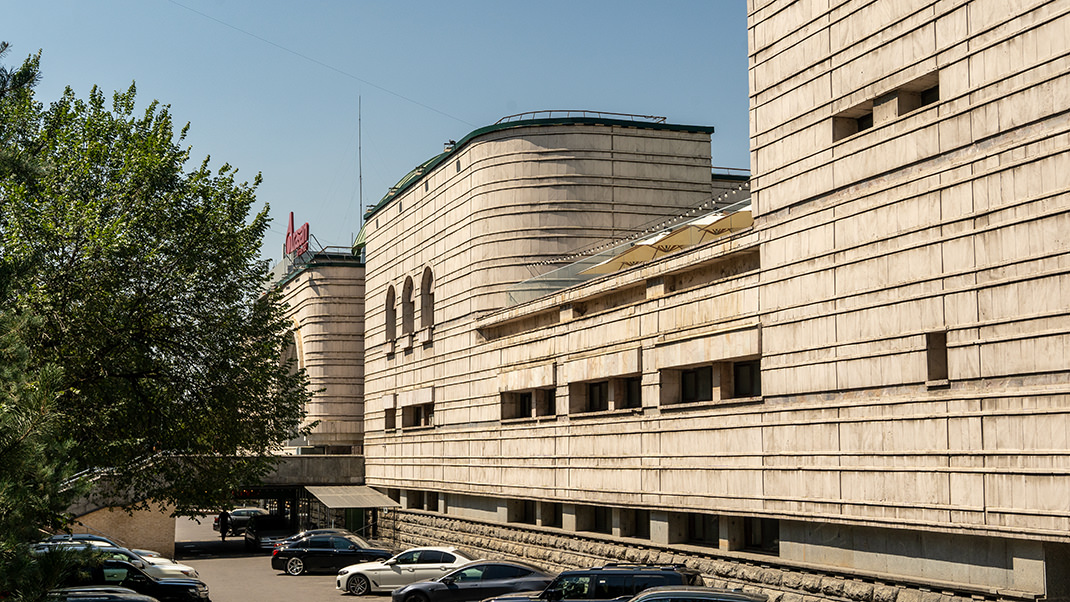
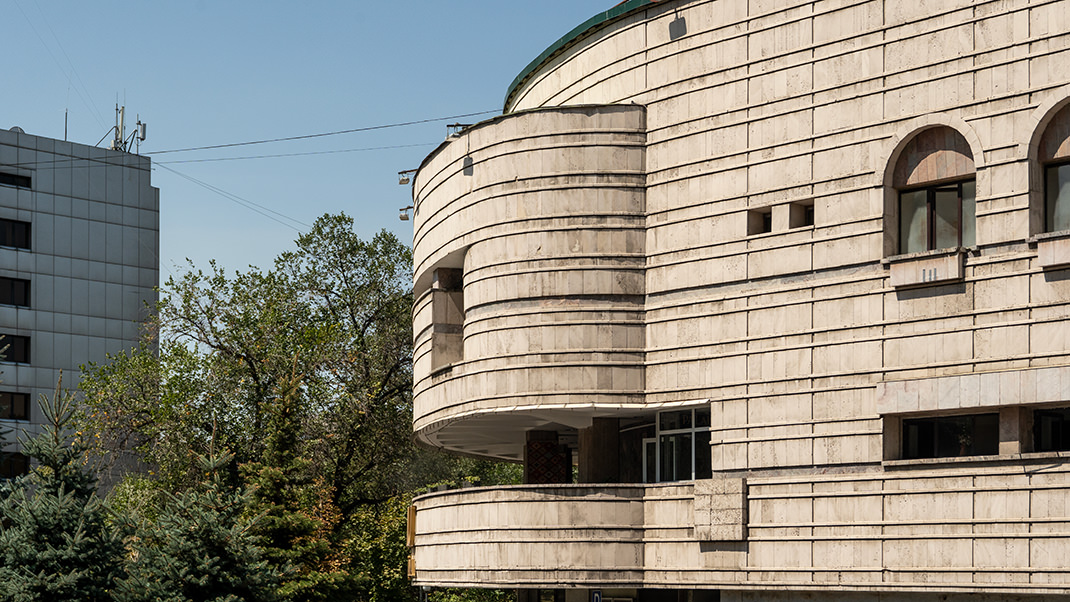
The country’s largest bath complex was built in 1977–1983. Inside are Eastern, Russian, and Finnish baths, a café, a teahouse, a barbershop, and massage rooms.
As far as I understand, the building’s function remains today: online maps indicate that Arasan Wellness & SPA currently operates here.
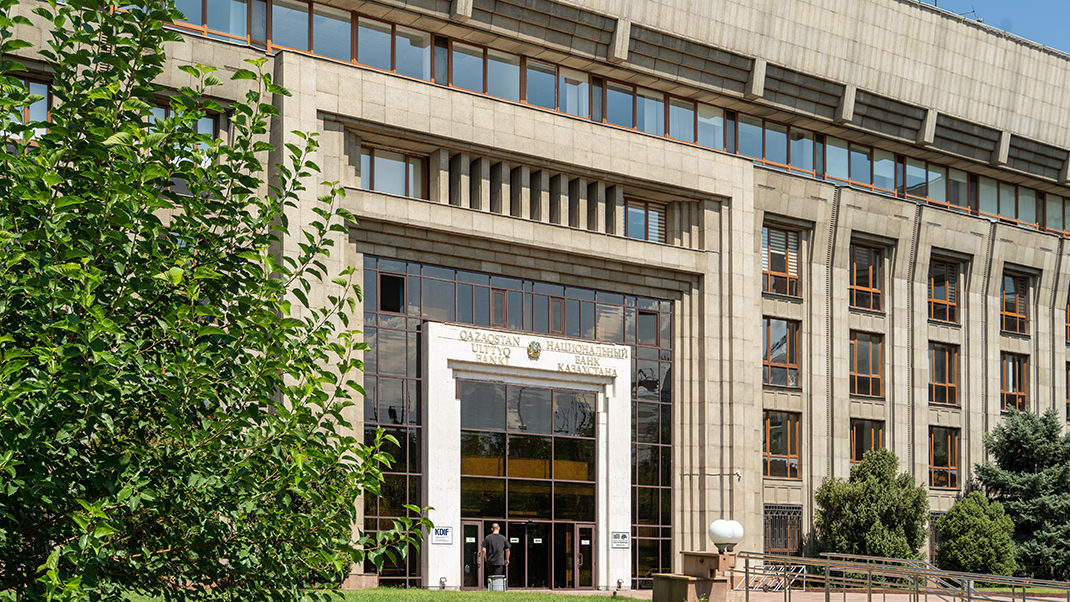
I’ll wrap up my first acquaintance with Almaty here. On the way to the wellness complex I passed the Ascension Cathedral—a monument to a completely different era. I’ll tell you about this church and show its interiors in my next article.
Enjoy your walk!


